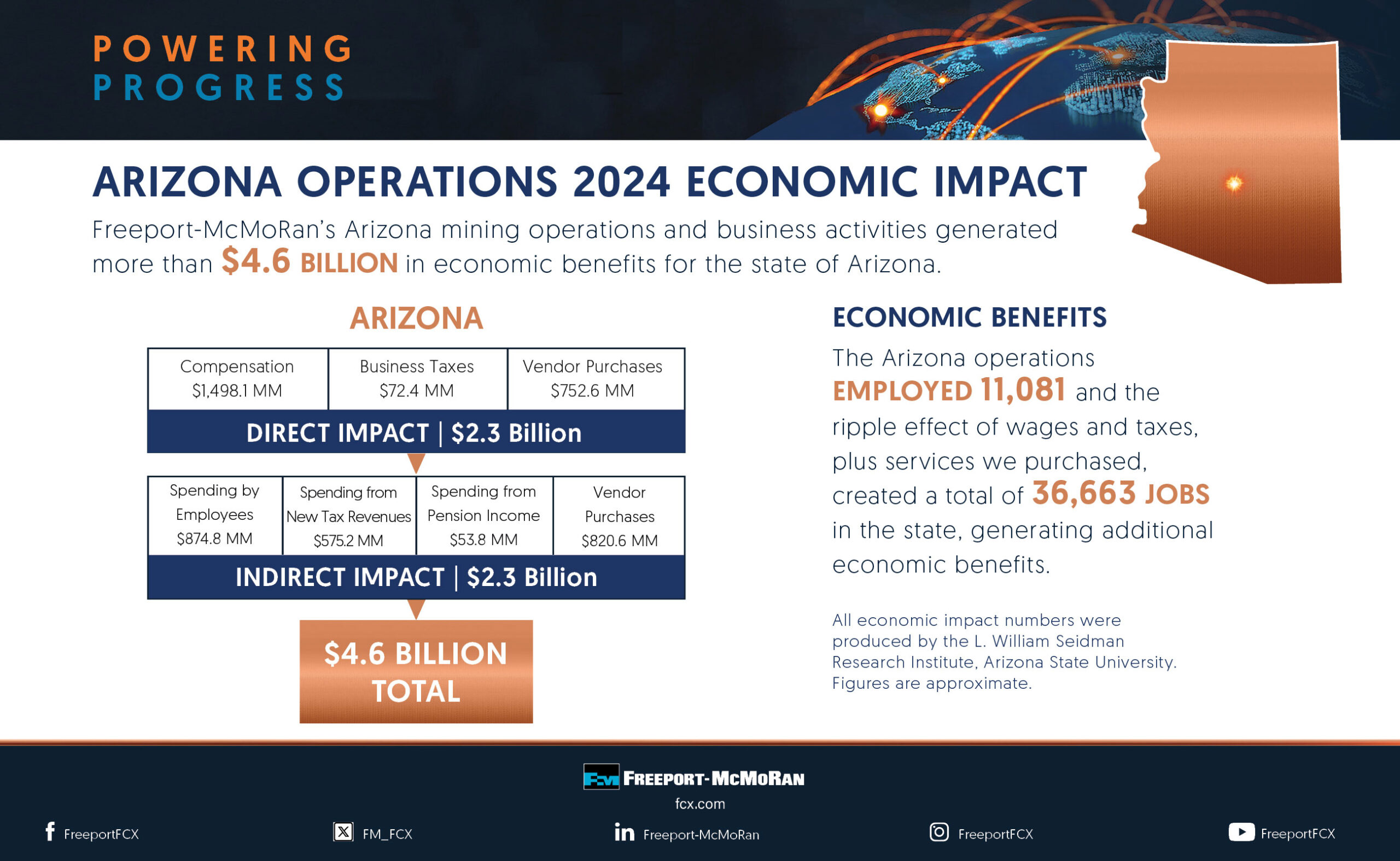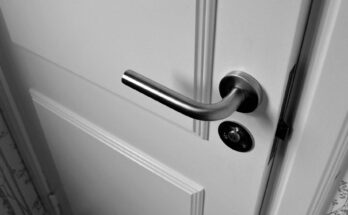Want to extend your hair’s length and add volume or introduce a splash of color?
Your appearance can completely change in only a few hours through the use of hair extensions. The hair extension market experiences rapid expansion due to outstanding growth forecasts and technological innovations.
But here’s the problem…
The process of selecting suitable hair extensions presents an overwhelming challenge. The wide variety of hair extension types and application methods, along with different quality levels, increases the likelihood of making expensive mistakes.
This guide provides a comprehensive walkthrough on selecting optimal hair extensions with information supported by recent hair extension statistics and professional recommendations.
The Complete Breakdown:
- Hair Extension Market Statistics
- Different Types of Hair Extensions
- How to Choose the Right Extensions for Your Hair
- Application Methods Compared
- Caring for Your Extensions
- Cost Considerations and Value Tips
Hair Extension Market Statistics
The industry for hair extensions is experiencing unprecedented growth today. Hair extensions have moved beyond being a fleeting trend to become a fundamental beauty practice among millions of women.
We need to interpret the numerical data available.
The market for UK female hair pieces and extensions, along with wigs, is witnessing significant expansion. Market research shows that this sector will achieve $1,185.1 million in value by 2027 while maintaining an 11.7% CAGR between 2021 and 2027.
The substantial increase shows that hair extensions have transformed from a niche item into a necessary staple in regular beauty routines. Foxy Locks has been tracking these trends closely, noting how social media has transformed the visibility and accessibility of extension options.
The hair extension industry across Europe holds an estimated value of $0.78 billion for the year 2025, and analysts predict this market will keep expanding until 2031.
What’s driving this growth?
- More people are learning about hair extensions as an aesthetic enhancement tool and accepting their use.
- Hair extensions serve therapeutic needs for patients experiencing alopecia and chemotherapy-induced hair loss.
- The popularity of hair extensions continues to rise thanks to instructional videos and transformation content shared on social media platforms.
- Technological advances are improving quality and application methods
The data reveals that hair extensions have established a permanent place in the market. The selection process for hair extensions that suit your needs needs to be understood. Let’s explore the different types available.
Different Types of Hair Extensions
When it comes to hair extensions, you have two main categories to choose from: human hair and synthetic hair. Each has its own benefits and drawbacks.
Human Hair Extensions
Human hair extensions consist of real human hair strands used to extend one’s natural hair. They come in different grades and sources:
- Remy hair extensions achieve reduced tangling because all cuticles are arranged in one direction.
- Virgin hair extensions maintain their highest quality because they have never experienced chemical processing.
- Non-Remy hair demonstrates cuticles that point in multiple directions, causing increased tangling.
The benefits:
- Look and feel completely natural
- You can style, dye, and treat these extensions as if they were your own hair.
- Last longer (6-12 months with proper care)
- Blend seamlessly with your natural hair
The drawbacks:
- More expensive
- Requires more maintenance
- This hair type requires careful heat styling to avoid damage.
Synthetic Hair Extensions
Artificial fibers create synthetic extensions that resemble the appearance of natural human hair.
The benefits:
- More affordable
- Come pre-styled
- Less maintenance required
- Hold style even in humid conditions
The drawbacks:
- Cannot be heat styled (in most cases)
- Look less natural, especially over time
- Shorter lifespan (2-3 months)
- More prone to tangling
How to Choose the Right Extensions for Your Hair
Selecting hair extensions requires more than just color preference. Multiple factors require your attention to ensure hair extensions appear natural without harming your hair.
Consider Your Hair Type
The specific characteristics of your natural hair, such as texture and density, determine which extensions will provide optimal results for you.
- Select lightweight extensions to avoid straining your fine hair.
- Thick hair provides enough strength to hold various extension types.
- For curly hair types, choose extensions that replicate your natural curl pattern.
- For damaged hai,r use temporary non-damaging methods such as clip-ins.
Application Methods Compared
Hair extensions can be applied through multiple methods, which differ in their level of commitment and the effects they have on your natural hair.
Clip-in Extensions
- Temporary, removed daily
- No professional installation
- Minimal damage to hair
- Perfect for occasional use
Tape-in Extensions
- Semi-permanent (6-8 weeks)
- Lay flat against the head
- Quick installation (1-2 hours)
- Reusable for up to 3 applications
Sew-in/Weave Extensions
- Durable and secure
- Can last 6-8 weeks
- Requires tight braiding, which can cause tension
- Best for thick, coarse hair types
Micro-link/Bead Extensions
- No heat or glue required
- Last 3-4 months with maintenance
- Can be adjusted as hair grows
- Individual application allows for versatile styling
Fusion/Pre-bonded Extensions
- Secure and natural-looking
- Last 3-4 months
- Applied using heat, which can damage hair
- Requires professional removal
Color Matching
Ensuring a proper color match is essential for achieving natural-looking extensions. Here’s how to get it right:
- Ensure your extensions match the color of your hair from mid-lengths to the ends instead of your roots
- Multi-tonal extensions offer a seamless blend with your natural hair.
- If possible, match in natural daylight
- When ordering online, request color samples first
Caring for Your Extensions
To maximize your hair extensions’ performance, you must practice proper maintenance. Follow these tips to maintain your extensions in their best appearance.
Daily Care
- Always use an extension-friendly soft-bristle brush for daily care.
- Start brushing your extensions at the ends before moving towards the roots to carefully remove all tangles.
- Protect your extensions from heat damage by applying a heat protectant prior to using any hot styling tools.
- Keep heat styling to a minimum
Washing Routine
- Wash less frequently (2-3 times per week)
- Use sulfate-free, extension-friendly products
- Apply conditioner from mid-lengths to ends only
- Let air dry when possible
Nighttime Care
- Braid your hair loosely or secure it with a soft scrunchie before sleeping.
- Use a silk pillowcase to reduce friction
- Never go to bed with wet extensions
Cost Considerations and Value Tips
The price of hair extensions depends significantly on their quality, chosen application method, and type.
Price Ranges
- Clip-in sets: $50-$300
- Tape-in extensions: $200-$800 (including application)
- Micro-link/Bead extensions: $300-$1,000 (including application)
- Fusion/Pre-bonded extensions: $500-$1,500 (including application)
- Sew-in/Weave extensions: $200-$800 (including application)
Getting the Best Value
Choosing the least expensive hair extension option may seem attractive, but always evaluate its long-term benefits.
- You save money over time because higher quality extensions have longer lifespans.
- Applying hair extensions professionally results in less damage to your natural hair.
- Maintenance tools designed correctly help your extensions stay usable for longer periods.
- There are application techniques available that enable hair to be reused for extended value.
When to Splurge vs. Save
Worth splurging on:
- The hair itself (especially for permanent methods)
- Professional application
- Quality care products
Where you can save:
- Try clip-ins before committing to permanent extensions
- DIY maintenance between salon visits
- Search for package offers that contain multiple hair care items
Final Thoughts: Choosing Your Perfect Extensions
Selecting suitable hair extensions remains a straightforward process. An understanding of extension types and application techniques, combined with knowledge of your hair requirements, enables you to choose extensions that maintain your desired appearance while protecting your hair health.
The expanding hair extension market offers extensive choices, while the European segment reaches a $0.78 billion valuation in 2025 and keeps expanding. The growing consumer demand has resulted in improved products and application methods that deliver better outcomes for users.
Remember these key takeaways:
- Make choices about extensions based on your personal lifestyle requirements, financial limitations, and specific hair characteristics.
- Higher quality means better results and longevity
- Your extensions will last longer and perform better with appropriate maintenance.
- Professional application is recommended for permanent methods
The right extensions give you natural-looking hair that is both longer and fuller while boosting your confidence daily.
Ready to transform your look? Assess which application method works best with your lifestyle before seeking the best quality hair you can afford. Your perfect hair awaits!








